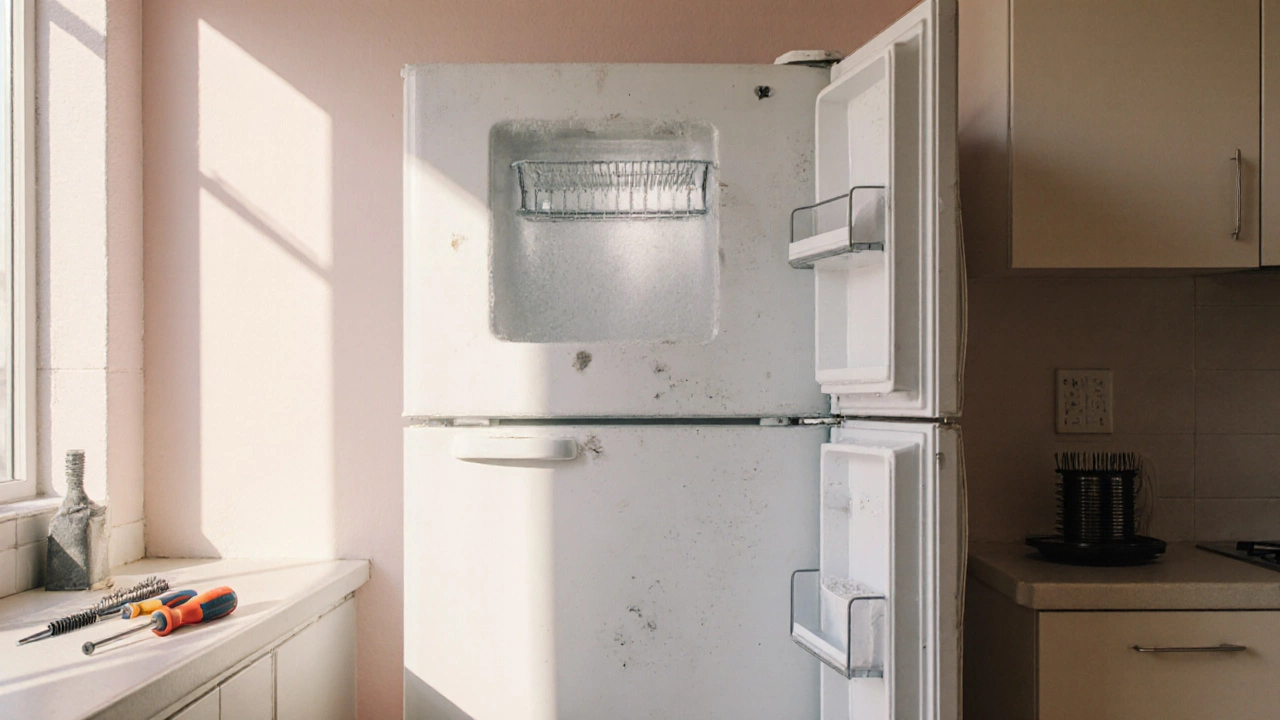Appliance Repair vs Replace – When to Fix or Buy New
When weighing appliance repair vs replace, the process of deciding whether to fix a broken appliance or purchase a new one, you’re actually balancing three main forces: the price tag, the machine’s remaining life, and how it affects your bills. Also called a repair‑or‑replace analysis, this decision can feel like a mini‑project, but a quick look at a few key numbers usually clears the fog.
First, picture appliance repair, fixing a broken component such as a motor, heating element, or control board. Typical repair costs range from £50 for a simple gasket to £300 for a major part like a fridge compressor. If the repair price is less than 40 % of a comparable new model and the unit is under its expected lifespan, fixing it often makes sense. On the other hand, appliance replacement, buying a brand‑new unit to perform the same function usually adds up to a higher upfront outlay, but newer models often bring better energy ratings, quieter operation, and warranty protection.
Key Factors to Compare
Here’s how the main attributes line up:
- Age & Lifespan: A washing machine built in 2008 that’s still running likely has 2‑3 years left. If it’s older than 10‑12 years, the odds of another failure rise sharply.
- Cost Analysis: Compare repair quotes with the price of a new, energy‑star appliance. If the repair exceeds 50 % of a new unit, replacement wins.
- Energy Efficiency: Modern appliances consume up to 30 % less electricity. A high‑efficiency fridge can shave £60‑£100 off annual bills, quickly offsetting its higher purchase price.
- Environmental Impact: Fixing a machine avoids the carbon cost of manufacturing and shipping a new one. That’s a solid reason to choose repair when the numbers line up.
Putting these together creates a simple decision chain: Appliance repair vs replace encompasses cost analysis, lifespan estimation, and energy efficiency assessment. By asking three questions – “How much will it cost to fix?”, “How long will it keep working?”, and “Will a new model save me money long‑term?” – you cover the essential variables without getting lost in technical jargon.
Another practical tip is to look at the warranty period, the length of coverage the manufacturer offers on a new device. A fresh dishwasher often comes with a two‑year parts guarantee, which can be a safety net if you’re on the fence. Meanwhile, many repair services provide a 12‑month guarantee on labor and parts, giving you a short‑term shield but not the same peace of mind as a brand‑new warranty.
In real homes, the mix of appliances varies. A 15‑year‑old stove might still bake perfectly, but its heating elements can be inefficient and its safety features outdated. In that case, a replacement not only improves performance but also meets modern safety standards. Conversely, a fridge that’s only five years old with a faulty door seal is usually cheaper to repair than to replace, especially when the rest of the system is still in good shape.
When you add up the numbers, the picture becomes clearer. For example, a £250 repair on a 7‑year‑old dryer that has a predicted remaining life of 3‑4 years is a solid deal. But a £500 repair on a 12‑year‑old boiler that’s already costing you more on fuel bills signals it’s time to replace.
Below you’ll find a curated list of articles that dive deeper into each of these topics – from detailed cost breakdowns for specific appliances to step‑by‑step guides on testing a hot‑water‑heater element. Use them as a toolbox to run your own repair‑or‑replace calculations and make confident choices for every device in your home.

Should You Repair a 7‑Year‑Old Fridge Freezer? A Practical Guide
Learn how to decide if fixing a 7‑year‑old fridge freezer in Brisbane makes sense. Compare repair vs. replace costs, energy savings, common faults, and get a handy decision checklist.